The views expressed in our content reflect individual perspectives and do not represent the authoritative views of the Baha'i Faith.
Early in my youth, I came upon the contents of a letter written in 1906 which made a deep impression on me. The letter was from Abdu’l-Baha, the head of the Baha’i community at the time. It was addressed to Jane Elizabeth Whyte, the wife of a Scottish clergyman in Edinburgh, who was a fervent admirer of the Baha’i teachings. The subject of the letter affected me because it suggested that the concept of the “unity of mankind,” could not be disconnected from the historical context, nor from the perils we are facing today.
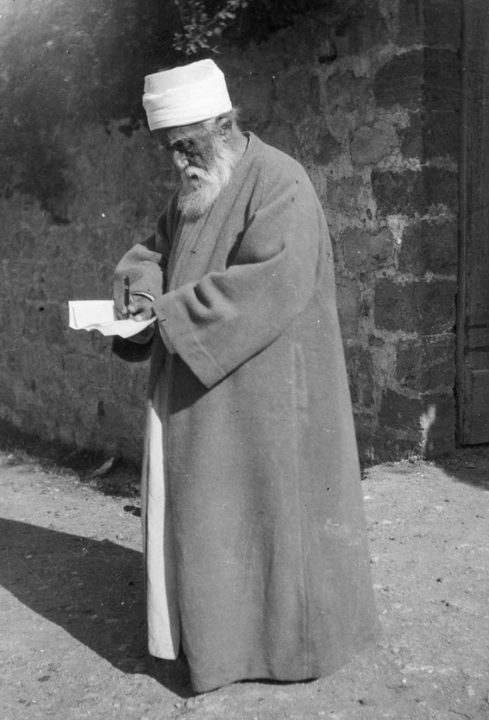
In the context of ancient societies, subject to multiple barriers of language, geography, knowledge, and technology, it did not make sense, but the concept of world unity acquired a new meaning in the 20th century, as a result of progress in the means of communication, the growth of industry and international trade, the expansion of education, and the emergence of an interdependent community of nations.
Although Abdu’l-Baha himself did not use the word “globalization,” it was evident to me that he was anticipating the process of the gradual coming down of barriers to human interaction which would take place in the course of the 20th century, mainly in response to rapid scientific and technological change and innovation. In the letter, he alluded to different levels of unity, such as that of race and religion, and referred in particular to the “unity of nations,” “causing all the peoples of the world to regard themselves as citizens of one common fatherland.” Moreover, he suggested that this unity would be “securely established” in the 20th century.
Has this actually happened? And if so, how did the 20th century help consolidate this concept of common citizenship identified by Abdu’l-Baha in his letter to Mrs. Whyte? Here are four pieces of evidence which I am convinced support this view;
1. The Adoption of the United Nations Charter:
A mere three weeks after the Japanese attack on Pearl Harbor on December 7, 1941, British Prime Minister Winston Churchill came to visit U.S. President Franklin Roosevelt at the White House. Early in 1942, the two leaders issued a declaration, endorsed by some 26 nations, which were then involved in the war effort against Nazi Germany and its allies. This declaration is the seed that gave rise to the United Nations and culminated in the adoption of the U.N. Charter in San Francisco in June of 1945 by its 51 founding members.
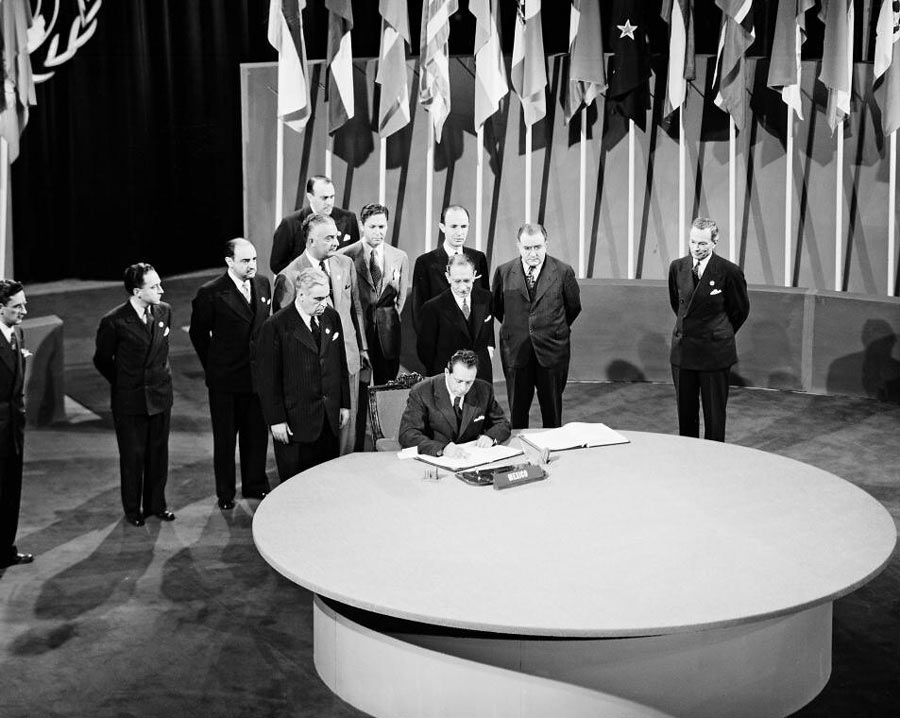
The U.N. Charter begins with the words “We the peoples of the United Nations” and then lays out in detail the purposes and principles of the new organization. We are determined, it said, “to save succeeding generations from the scourge of war, which twice in our lifetime has brought untold sorrow to mankind.”
The document reaffirms “faith in fundamental human rights, in the dignity and worth of the human person, in the equal rights of men and women and of nations large and small.” The founders declare their intention to “practice tolerance and live together in peace with one another as good neighbors. . . unite in our strength to maintain international peace and security. . . and employ international machinery for the promotion of the economic and social advancement of all peoples.”
Clearly, the United Nations Charter is a compelling reaffirmation of the concept of the brotherhood of the human race as the basis for the pursuit of peace and security, to establish a solid foundation for prosperity, “without distinction as to race, sex, language, or religion.” In the ensuing decades, the United Nations expanded in membership as decolonization and the application of the principle of equal rights and self-determination of peoples unfolded with great speed. Each new member signed on to the principles embodied in the Charter, which today remain unchanged since it was first adopted.
By the end of the 20th century the United Nations had 189 members, accounting for 99.7% of the world’s population. It now has 193. One can debate whether the members of the United Nations have abided by all the principles they endorsed when joining. But there is little doubt that the U.N. Charter represents a unique moment in human history when we, the peoples of the world, rose above our differences, made a lasting statement about our common humanity, and resolved to come together to create a better, more peaceful world.
2. The Universal Declaration of Human Rights:
One of the early successes of the newly created United Nations was the adoption in 1948 by the General Assembly of Resolution 217 (III), which contained the Universal Declaration of Human Rights. This document declares that “all human beings are born free and equal in dignity and rights” and “are endowed with reason and conscience and should act towards one another in a spirit of brotherhood.”

The Resolution was initially endorsed by 48 of the then 58 Member States, but with no votes against. The significance of this Resolution cannot be overstated, as it contributed to a major strengthening of the legal framework underpinning the observance of human rights at the global level. It also led to the negotiation of a wide range of international treaties and protocols addressing the status of refugees, genocide, the rights of women, slavery, and torture, among other dimensions of the human rights agenda.
The Universal Declaration of Human Rights led to the adoption in 1966 of the International Covenant on Civil and Political Rights, and the International Covenants on Economic, Social and Cultural Rights, which were both adopted by some 170 countries.
Various articles of the Declaration address concepts such as:
- The will of the people as the basis of government authority and hence the need for the periodic establishment of the legitimacy of governments through elections (Article 21)
- The safety of citizens and the right to equal protection under the law (Article 7)
- The availability of information and freedoms of association and expression (Article 19)
- The right to the ownership of property (Article 17)
- The right to a standard of living adequate for the health and well-being of the individual and his/her family (Article 25)
It is entirely appropriate to see these articles and the underlying principles supporting them as the consensus of the international community on fundamental, broadly held values, reflecting, as noted in the Declaration, “the highest aspiration of the common people.” Of course, we know that many of the nations of the world fall short in implementing their obligations under the Declaration, but there is little doubt that this document represented a profound affirmation of our common human heritage and the links that bind us across national borders, transcending notions of ethnicity, social class, gender, and religious preference.
3. Insights From Anthropology:
Some have argued that the diversity of the human family is an argument against notions of global citizenship. As one former British prime minister said in 2016, “if you are a citizen of the world, you are a citizen of nowhere.” Apparently, it is the identification with “local” values that is the defining mark of citizenship.
And yet this runs counter to what we now know from decades of anthropological observation across many diverse cultures known to history or ethnography. George Murdock, one of the leading anthropologists of his generation, and chair for over two decades of the Department of Anthropology at Yale University, once compiled a fascinating alphabetical list of the elements common to all known cultures, regardless of location.
Murdock’s list included the following: athletic sports, bodily adornment, calendar, cleanliness, community organization, cooperative labor, cosmology, courtship, dancing, decorative art, division of labor, education, ethics, etiquette, family, feasting, funeral rites, games, gift giving, government, greetings, hospitality, hygiene, incest taboos, inheritance rules, joking, language, law, magic, marriage, medicine, modesty concerning natural functions, mourning, music, mythology, numerals, penal sanctions, personal names, postnatal care, property rights, propitiation of supernatural beings, puberty customs, religious ritual, sexual restrictions, soul concepts, status differentiation, superstitions, tool making, and trade, among many others.
In fact, Murdock argued, cross-cultural similarities are even more pronounced than suggested by this list when one analyses individual items and discovers further commonalities. For instance, that languages have universal elements, found in every culture, consisting of phonemes and words, and grammar for bringing words together into sentences. Similarly, funeral rites in all cultures contain expressions of grief and a method for disposing of the body.
Thus, anthropologists will argue, as Murdock did in his 1965 book “Culture and Society” that although behaviors across cultures will differ (e.g., eating rice with chopsticks or forks), “all cultures are constructed according to a single fundamental plan—the ‘universal cultural pattern’” a concept based on the “psychic unity of mankind.”
All of which, of course, brings to mind the statement of Baha’u’llah, the founder of the Baha’i Faith, that “the earth is but one country, and mankind its citizens,” a powerful reminder of our common belonging.
4. The Mapping of the Human Genome:
The mapping of the human genome in the year 2000, at the tail end of the 20th century, casts a fascinating light on Abdu’l-Baha’s letter to Mrs. Whyte and the above statement from Baha’u’llah about our common citizenship.
In 2000, Natalie Angier, a science writer for The New York Times, reported on the announcement by President Bill Clinton and U.K. prime minister Tony Blair, that “scientists’ growing knowledge of the profound genetic fraternity that binds together human beings of the most seemingly disparate origins. Scientists have long suspected that the racial categories recognized by society are not reflected on the genetic level,” Angier wrote, “but the more closely the researchers examine the human genome, the more most of them are convinced that the standard labels used to distinguish people by ‘race’ have little or no biological meaning.”
In the same article, Craig Venter, head of Celera Genomics told Angier “Race is a social concept, not a scientific one.” The article goes on to note that Venter and a group of scientists at the National Institutes of Health had “recently put together a draft of the entire sequence of the human genome, and the researchers had unanimously declared there is only one race—the human race.” Dr. Venter later emphasized that we have a common origin, having originally migrated out of Africa and stated that if we could sequence the genomes of everyone on the planet and compare them, we would find no clear differences on the basis of which we could make meaningful distinctions of race.
In the same article Angier quotes another scientist saying: “If you ask what percentage of your genes is reflected in your external appearance, the basis by which we talk about race, the answer seems to be in the range of 0.01%.”
It may be many years before the generality of mankind becomes fully conscious of the scientific basis of its oneness. Education will have to help us bridge the gap between the reality of our common citizenship and our perceptions of this truth, so often clouded by deeply ingrained prejudices and the baggage of painful histories. There should be little doubt, however, that it was established as a scientific fact at the very end of the 20th century, suggesting that Baha’u’llah’s statement, “the earth is but one country, and mankind its citizens” was intended to be both a noble vision of our shared humanity and a literal scientific fact.
Why is this important?
If indeed we are now citizens of “one common fatherland,” then it would seem that we need urgently to broaden our loyalties, consistent with this vision of our essential kinship. For the benefits of scientific and technological development to be fully realized, we need to acquire a sense of solidarity that extends to the whole human family, not just the members of our own particular tribe, because the notion of “tribe” is largely a meaningless mental construct, without credible scientific underpinning or, as noted by Abdu’l-Baha in his Tablet to the Hague: “God has set up no frontier between France and Germany.”
The English mathematician and philosopher Bertrand Russell spoke of the need to “expand our mental universe” to match the increasingly global vision provided by scientific advancement and discovery. He said that our sense of collective well-being would have to extend to the whole of humanity, as it was evident that human society was increasingly behaving as a single organic entity.
Humanity today faces unparalleled threats to our future, from climate change, to nuclear proliferation and a rekindling of the arms race, rising income disparities and persistent poverty, and, as we have seen dramatically in recent weeks, a global pandemic.
Because none of the threats facing humanity can be addressed effectively without strengthening the bonds of international cooperation, none of them can be solved outside a framework of collective action that explicitly incorporates the notion that “we the peoples” means the entire human race.
No one must be left behind on account of nationality, ethnicity, level of education or wealth, gender or religious preference, because we come from the same stock and are now citizens of one common fatherland, our one and only home, the planet earth.




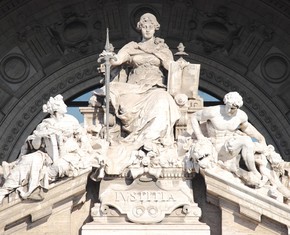

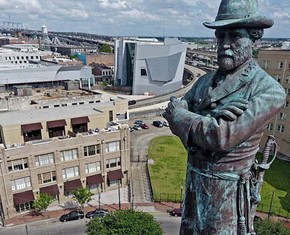

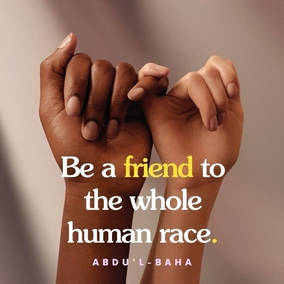
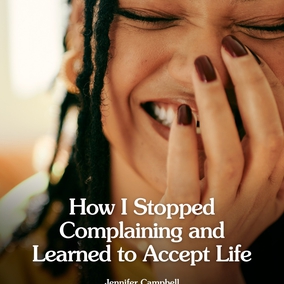






Comments
Sign in or create an account
Continue with Googleor